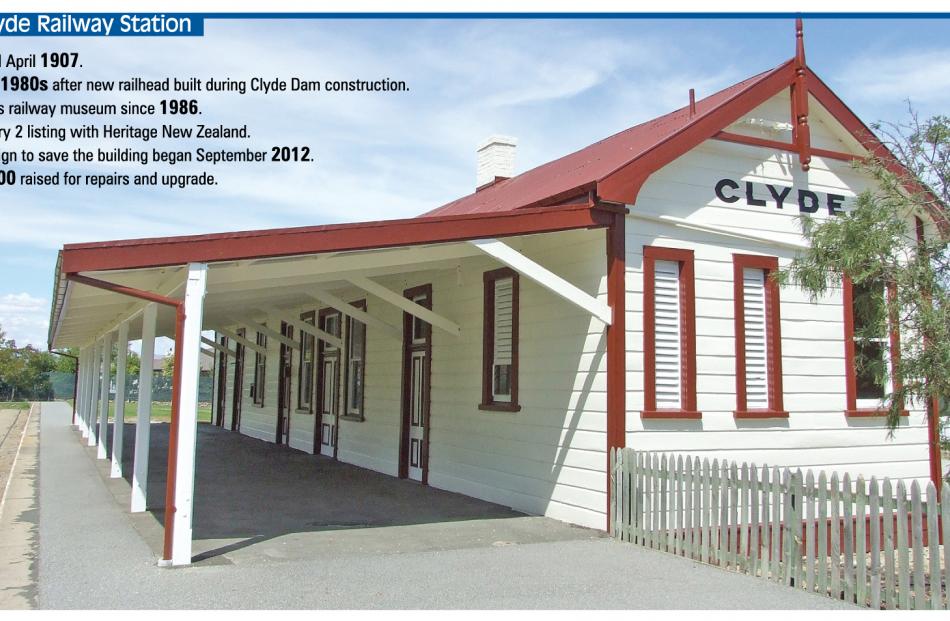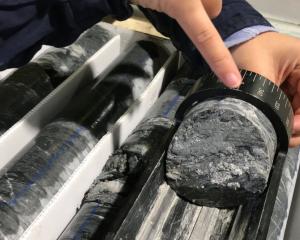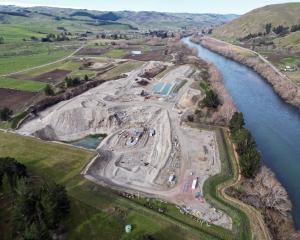The 107-year-old Clyde railway station will soon be back in business, as the base for a cycle tourism venture.
Part of the newly upgraded station is to be leased to Shebikeshebikes, after approval from the Vincent Community Board.
In a report to the board's meeting yesterday, Central Otago District Council property and facilities officer Tara Bates recommended the board grant the commercial lease, subject to several conditions.
The lessee will have to obtain resource consent, the term of the lease would be five years and the minimum rental would be $90 a sq m, plus GST.
Part of the building would be leased and part would be used for a railway museum space, she said.
The building is council-owned and the community board has agreed to take out a $14,000 loan for required electrical work needed.
Due to the resource consent process, which could take up to 70 days and the work required, the tenant was unlikely to occupy the building before spring.
Building repairs and a revamp were completed recently.
The project, costing $90,000, was funded by the Clyde Railway Station Steering Committee, Promote Dunstan, the Central Lakes Trust and the Lottery Grants Board.
Two submissions were received when the potential commercial lease was advertised.
Noise, advertising and signs, parking, pedestrian safety and loss of privacy for surrounding residents were among the issues raised.
Ms Bates said there were ways of managing or influencing the risks and impact if issues arose after the building had tenants.
Board member Barrie Wills said it would be ''great'' to see a tenant in the building and income being generated from it.
The tenant would fund improvements to the building, leading to increased use of the reserve and connecting greenways, she said.
Having the building occupied would improve security and discourage possible vandalism when the proposed railway museum was formed.
It was appropriate for the commercial lessee to have links to the Otago Central Rail Trail.
One of the disadvantages of the lease was that advertising or signs on or around the building might detract from its historic fabric.
However, just as for any other business, signs would be part of any resource consent process.
The building has been a museum since 1986, housing engines and other railway memorabilia but it was rarely open to the public.













